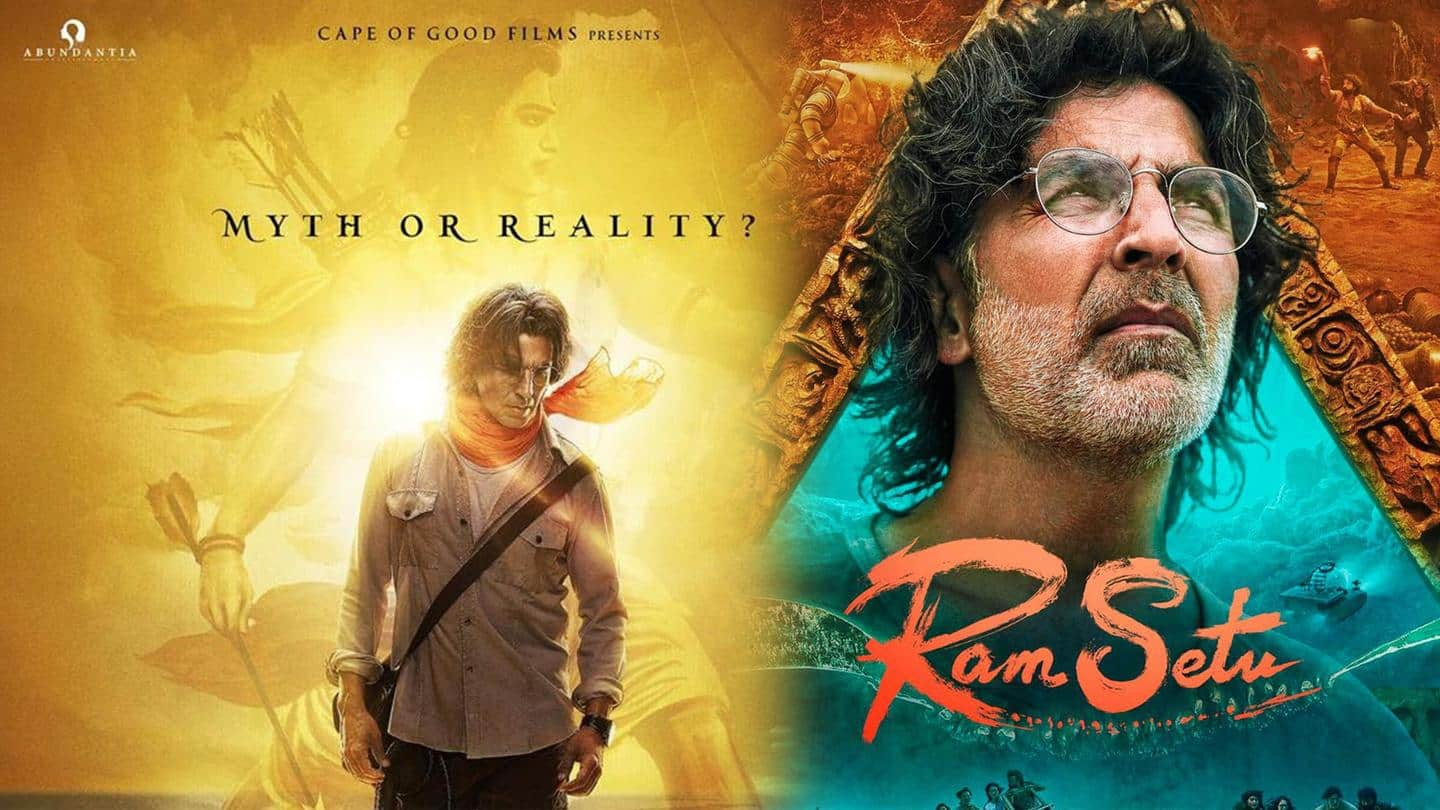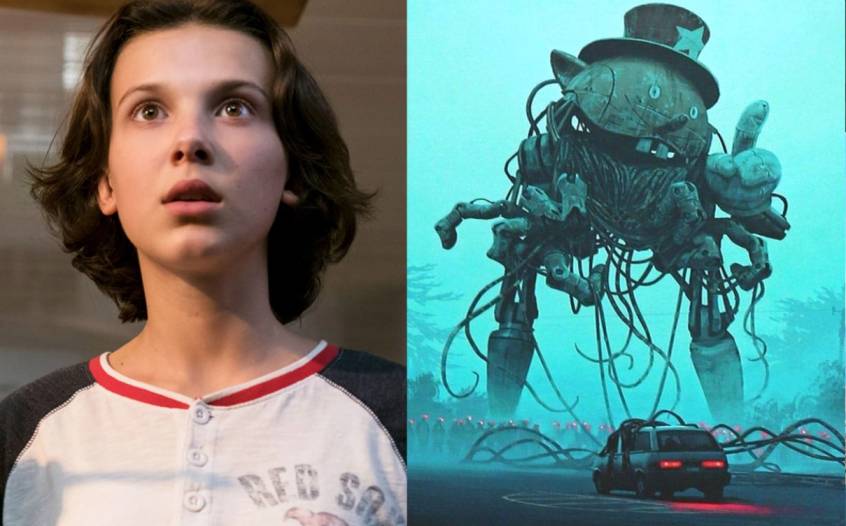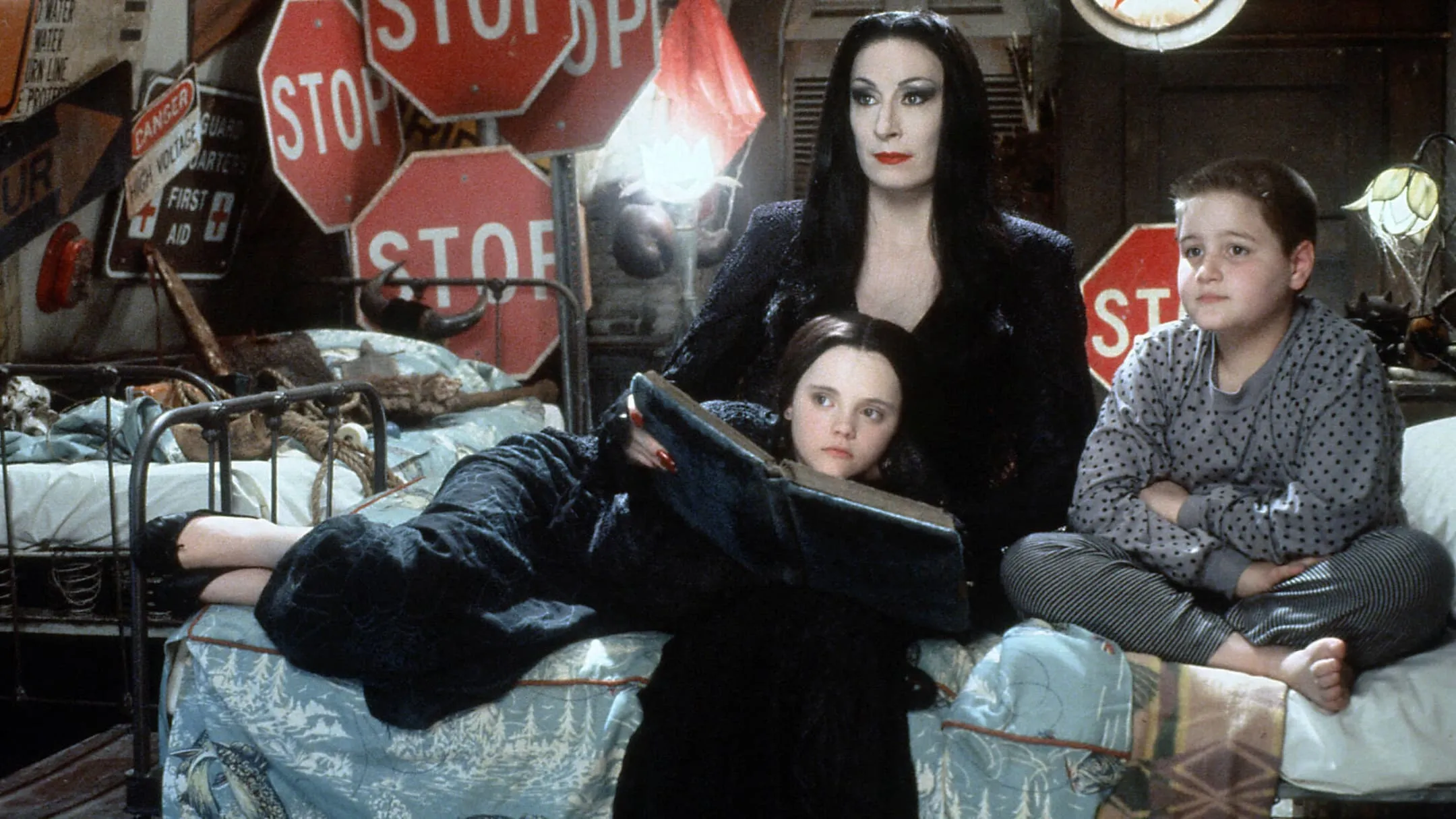Akshay Kumar's star seems like the cultural manifesto of the dominant dispensation that seeks to put faith above all else.
The stream of films expressing the cultural manifesto of the current political administration has reached a volume where we can choose the convincing from the gaudy and the frank from the manipulative. In this distinct category of movies, where you can see Whatsapp messages and table conversations come to life on screen, Ram Setu is a convincing attempt to support the controversial theory that the limestone shoals linking Pamban and Munnar Islands are part of a men. artisanal structure and not the work of nature.
Starting with the controversy surrounding the Sethusamudram project and Pushkar Bhatnagar's little-known 2003 book, in which the writer attempted to date the era of Lord Ram based on the planetary positions described in Valmiki's Ramayan, the creators attempted to build a bridge between faith and science. , between myth and oral history, between religion and culture. It's a wobbly ride that ends with a powerful lecture on how to preserve cultural pride and the road, and paints a clear picture of the so-called majority view on preserving the channels of faith that can even make you lose consciousness. . melt the fabric of the constitution.
The visuals look fake and the acting is just average, but the idea carries enough weight to keep aficionados interested. For others, there is a clear message; those who do not believe in Lord Ram, their faces deserve to be blackened.
Ram Setu is directed by Abhishek Sharma, but is voiced by creative producer and co-writer Chandra Prakash Dwivedi, one of the creative forces working in fiction to legitimize ruling party realpolitik and paint past governments. in dark tones. At Samrat Prithviraj, Dwivedi presented an epic poem, taught in Hindi literature classes, as a story. Once again, he positions a revered epic poem as a source of historical evidence to keep worshipers engaged and convert those on the fence, as Adam's Bridge or Ram Setu is a place that takes Ram's story to semantics. religious and geographic boundaries. .
Since September 2007, the narrative follows the structure of the Archives of Kashmir. If the film Vivekgnihotri portrays the inversion of a young secular expert on Kashm, Sharma portrays the inversion of a liberal archaeologist Aryan Kulsheshtra (Akshay Kumar).
Aryan is working with his Pakistani and Afghan counterparts to save Bamyan's Buddhist heritage before those in power send him to Tamil Nadu to save the interests of a shipping magnate (Nassar) whose expensive ships failed to float in the shallow channel. between India and Sri Lanka.
He wants a 'favourable' report to be presented to the Supreme Court and in Aryan 'atheist' he sees the right candidate. But when Aryan and her team begin to find traces of Lord Ram, they become a threat to his business interests. In their search for "hard" evidence, Aryan crosses the waters of Sri Lanka and meets AP (Satyadev Kancharana), a mysterious guide who takes them to places mentioned in the Ramayan.

Like The Kashmir Files, Ram Setu sees liberal and secular values in Hindu society as a kind of rot that needs to be brought under control. The film gives the feeling that if you have a contrary opinion, be prepared to face adverse reactions. Aryan's wife (Nushratt Bharucha) is a history teacher and advises her husband to consider the majority's aastha (faith) before submitting the report. His son, who is shown to be studying at the 'Lutyens' school, a term often used by people close to the government to attack others who have a contrary opinion, is the object of his father's opinions.
In both films, the screenwriters read the past from a complex feeling of persecution of the majority, and tell us that we are in the midst of a war of civilizations. Thus, it documents the demolition of the Bamyan Buddha and the Jaffna Public Library, but does not mention the erasure of the Babri Mosque. He notes how the subway route was changed to save the Qutb Minar, but doesn't mention how he walked away from the iconic Hanuman statue in Karol Bagh. He talks about the environmental concerns surrounding the Taj Mahal, but forgets to tell viewers that one of the reasons the Sethusamudram Project didn't get approval was because the high court took note of the environmentalists' concerns. There is also an environmentalist in the film, but she, played by Jacqueline Fernandez, remains a decorative piece.
The creators want to see the matter from the perspective of faith, and instead of negotiating the complex layers of the past, Ram Setu seeks to jump into an imagined golden age without building a bridge.












